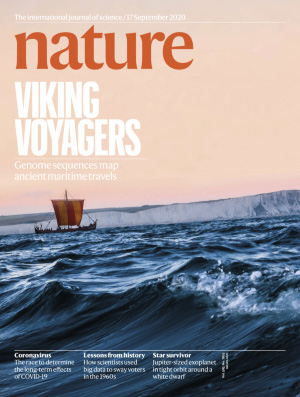The Vikings' travels changed the political, cultural and demographic map of Europe in the Viking Age (around 750–1050 AD). The new issue of the journal Nature presents a major DNA analysis from Viking graves in Scandinavia. Professor Eske Willerslev from the University of Copenhagen's Center of Excellence GeoGenetics is the main author of the article. Professor Jan Bill at the Museum of Cultural History has led the Norwegian work in the study.
The researchers sequenced the genomes of 442 people from all over Europe and Greenland, from the Bronze Age (around 2400 BC) to early modernity (around 1600 AD). In the centuries before the Viking Age, until the end of the eighth century, there were clear genetic differences between the populations of the three Scandinavian countries.
Different directions
In the Viking Age, we got a larger genetic mix. The Scandinavians became more similar to each other. The population received genetic elements from the east and south. Thus, they became more Europeans as well. They also identified distinct Viking movements around the continent: Danish Vikings set course for England, Swedish Vikings headed east to the Baltics, and Norwegian Vikings travelled to Ireland, Iceland and Greenland, while newcomers also entered Scandinavia from the west. To some extent, we have known this. However, many of the conclusions so far have been assumptions based on archaeological finds. The analyses confirm many of these assumptions. Therefore, the DNA finds confirms the archaeological material.
By sequencing the genomes of 34 people from a Viking burial ground in Salme, Estonia, the team identified four brothers who had been buried side by side. Close relatives of this family group were also found hundreds of kilometres away, illustrating the mobility that is so characteristic of the Viking Age.
